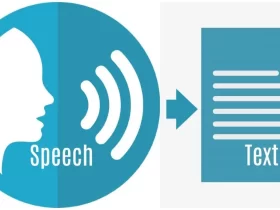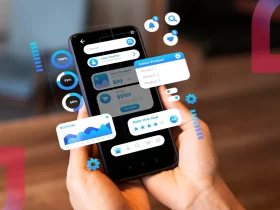Bitcoin (BTC) is an open-source platform with a decentralized structure that is used for worldwide payment. The decentralization allows transactions to take place between users and is validated by network nodes through the cryptographic method. Once verified, these transactions are recorded in a publicly distributed ledger known as the blockchain. Currently, there are millions of crypto wallets; Bitcoin’s peer-to-peer payment system relies heavily on the Internet to function effectively. For any global transaction, Bitcoin blockchain technology needs the internet, and its role extends beyond simple communication by supporting the very infrastructure of the network. In this article, you will explore the heavy reliance on Bitcoin (bitcoin price prediction), from validating transactions to applications in Internet of Things (IoT) technology.
Bitcoin’s Transaction Process
Bitcoin (BTC) issuing is done through a process called mining, wherein transactions are verified and added to the blockchain. Every BTC transaction undergoes cryptographic hashing using the SHA-256 algorithm, ensuring security and immutability. In the transaction of this network, a systematic structure (A) sends a specific amount of BTC to a payee (B), which is then broadcast to the network. After verification, network nodes update their copies of the blockchain ledger and share these updates with other nodes to maintain synchronization consensus across the network.
The Role of the Internet in Bitcoin Transactions
The internet plays a crucial role in the BTC transaction, and the decentralized framework of this blockchain relies on it. The evolution of Web3 aims to create a more user-controlled system than a central authority requires the internet to connect everyone. The internet acts as the main platform for starting, propagating, and verifying transactions within the network. When users choose to send BTC, the transaction is generated offline and digitally authorized with the user’s private key. But, as a user, it’s crucial to keep in mind that Bitcoin requires an internet connection to store transaction information and log it on the blockchain. The interconnectedness ensures that the system is updated and everyone is connected to the live activities, resulting in efficient propagation and consistent data across all nodes. This transaction is broadcasted to network nodes, where it goes through validation before being included in a new block with the blockchain.
Receiver’s Interaction with the Bitcoin Network
On the receiver’s end, an Internet connection is not immediately necessary for the transaction to be completed. The receiver does not need to be online while the sender initiates the transfer. Once the transaction is added to the blockchain, the funds are effectively received and securely stored in the recipient’s wallet. The Internet also contributes to the facilitation of communication between the nodes, allowing synchronization and validation of transactions. However, the recipient will require an Internet connection to synchronize their wallet with the blockchain and view their updated balance. Without connectivity, the wallet remains unable to verify and display the received funds, even though the transaction has already been processed and recorded.
The potential of Bitcoin’s Blockchain in the Internet of Things (IoT)
Bitcoin’s (bitcoin price prediction) facilitation is beyond just financial transactions; it has potential applications in the Internet of Things (IoT). As IoT devices generate a high amount of data, blockchain can offer a secure and transparent mechanism for data authentication, storage, and transmission. Smart devices embedded with blockchain technology can autonomously execute transactions and track and assess movement while ensuring data integrity without centralized control. The fusion of Bitcoin blockchain with IoT can make way for innovative solutions in different sectors, such as supply chain management, health care, and more.
Conclusion
Overall, the internet is a very important component of Bitcoin (bitcoin price prediction), making it functional without interruption and facilitating the transmission, validation, and recording of transactions on the blockchain. As blockchain continues to evolve, IoT innovative integration will offer solutions that will be advantageous to different industries.







Leave a Reply